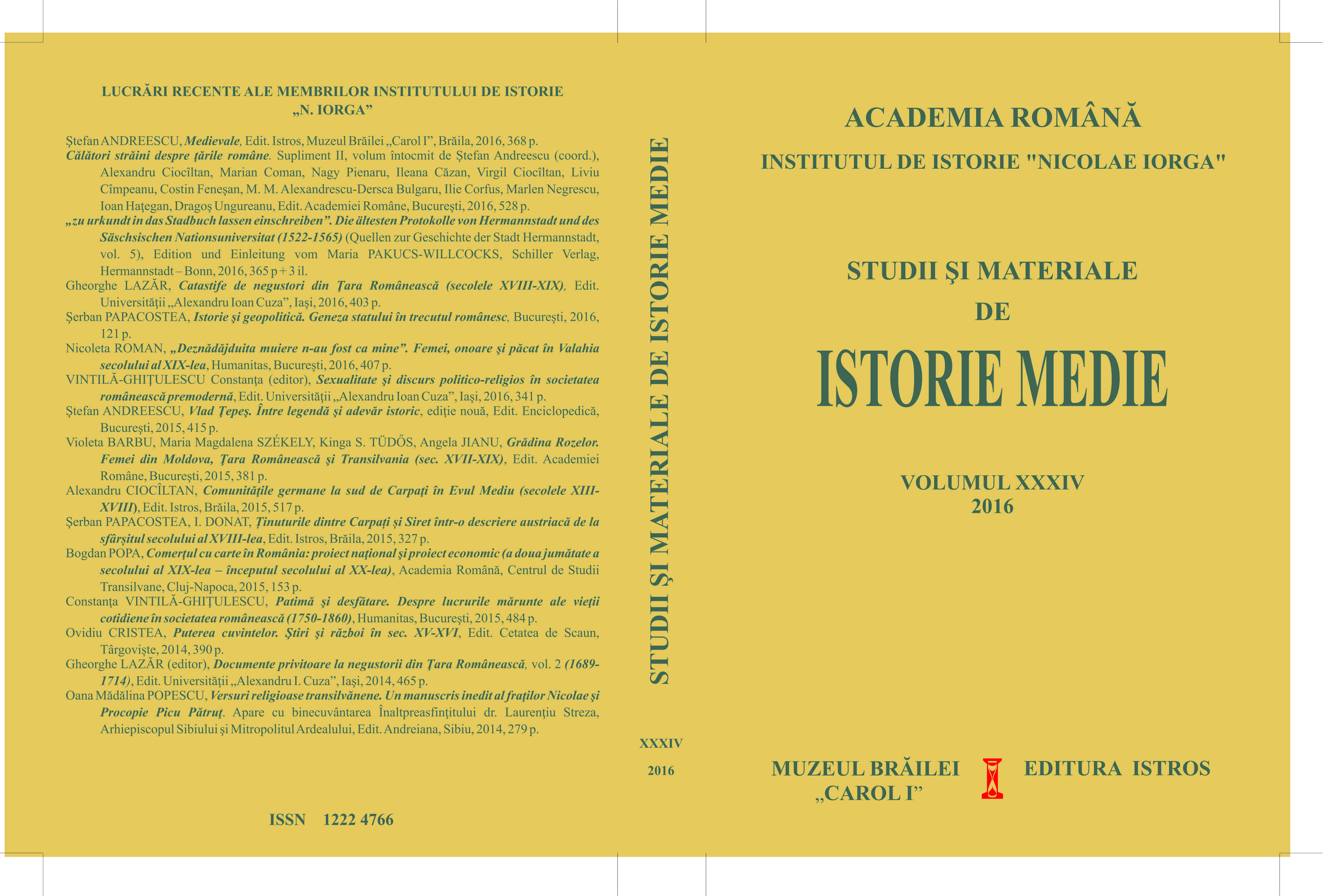CUVÂNTUL ŞI SABIA. PATRIARHUL ALEXANDRIEI, GHERASIM PALLADAS (1688-1710), UN REPREZENTANT AL ŞCOLII VENETO-CRETANE ÎN ŢĂRILE ROMÂNE (III)
THE WORD AND THE SORD. GHERASIM PALLADAS, PATRIARCH OF ALEXANDRIA (1688-1710) AS REPRESENTATIVE OF THE VENETO-CRETAN SCHOOL IN THE ROMANIAN PRINCIPALITIES (III)
Author(s): Violeta BarbuSubject(s): History, Language and Literature Studies
Published by: Institutul de Istorie Nicolae Iorga
Keywords: Gherasim Palladas;Veneto-Cretan School;17th Century;Laus Constantinopoli;Constantinople;
Summary/Abstract: The full measure of Gherasim Pallada's rhetoric and poetic ability to impress his readers is given by the Panegyric of St Constantine the Great (BAR, Ms. 766), and especially by a poetic sequence that reveals the skills learned within the veneto-cretan school. Laus Constantinopoli is on the one hand devoted to the city founded by Emperor Constantine to be the new capital of the Roman Empire, and on the other hand it praises Istanbul, the capital of the Ottoman Empire. The structure of the eulogy takes in the unique topography of the city, the symbolic role and also the natural advantages of its location at the crossroad of the most important land and maritime trading routes. The literary sources and techniques used by the patriarch of Alexandria do not belong to the byzantine legacy known as Patria Konstantinupoleos. In his work, the author takes into account the western descriptions and cartography, as well as the means of expression of the 17th century baroque literature: arithmology and Romanesque orientalism.
Journal: Studii şi Materiale de Istorie Medie (SMIM)
- Issue Year: 2016
- Issue No: XXXIV
- Page Range: 203-220
- Page Count: 18
- Language: Romanian
- Content File-PDF

